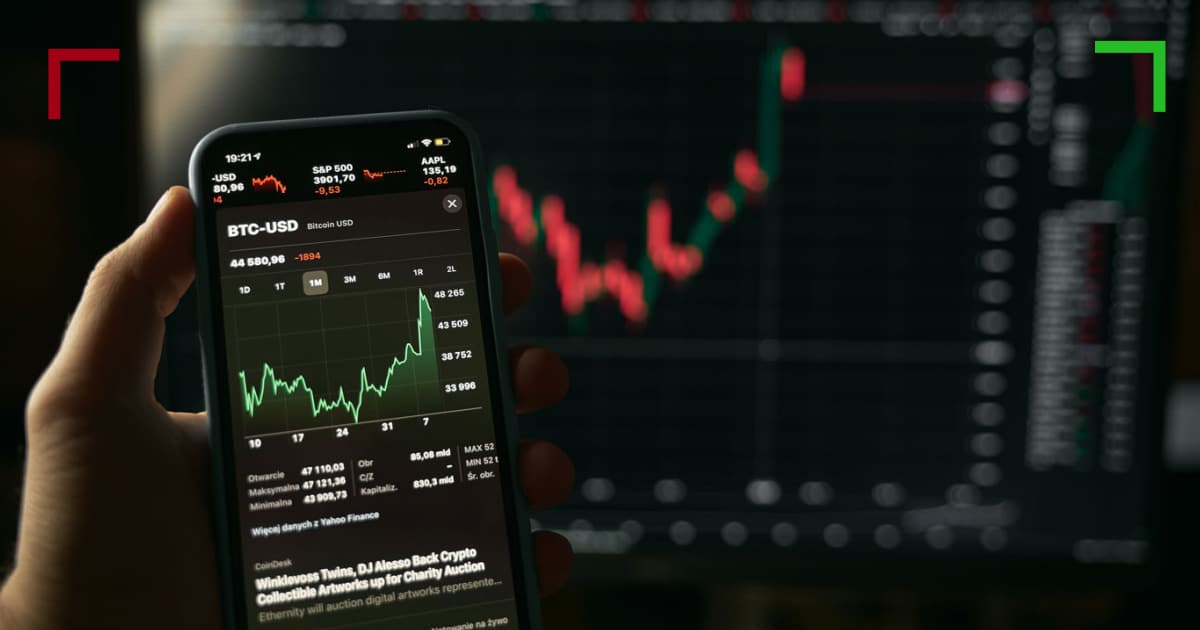
The Ultimate Guide to Understanding Crypto Trading Risk
As the cryptocurrency market continues to grow and evolve, traders and investors alike must grapple with the varying degrees of risk associated with crypto trading. From price volatility to regulatory uncertainty, understanding crypto trading risk is crucial for anyone looking to navigate this fast-paced environment. In this comprehensive guide, we will delve into the various types of risks, effective risk management strategies, and the psychological factors that play a significant role in trading decisions. Additionally, we’ll briefly touch upon the mind-body connection and how it can impact your trading performance. You can read more about this fascinating connection Crypto Trading Risk http://kingranks.com/psychosomatic-disease-the-mind-body-connection-376/.
Types of Crypto Trading Risks
Market Risk
Market risk, also known as price risk, refers to the potential financial loss due to fluctuations in the market value of cryptocurrencies. The crypto market is known for its extreme volatility, with prices capable of experiencing significant shifts in short periods. For example, a multitude of factors can influence market prices, including economic news, regulatory developments, and changes in investor sentiment.
Liquidity Risk
Liquidity risk arises when a trader is unable to buy or sell an asset without significantly affecting its price. In the context of crypto trading, some cryptocurrencies may have lower trading volumes, making it challenging to execute large trades without causing drastic price changes. This can result in traders holding onto assets longer than intended or experiencing slippage during trade executions.
Regulatory Risk
As governments worldwide grapple with the implications of cryptocurrencies, regulatory risk has become a significant concern for traders. Sudden regulatory changes or government crackdowns can lead to abrupt market reactions. Staying informed about the political landscape and potential changes in legislation is vital for managing this risk.

Operational Risk
Operational risk is associated with failures in the processes and systems that support trading. This includes risks related to technology, human error, and execution failures. Traders must ensure they are utilizing reliable exchanges and wallets, as well as maintaining adequate cybersecurity measures to protect their assets.
Psychological Risk
The psychological aspects of trading cannot be overlooked. Emotional decisions often lead to negative outcomes, such as panic selling during market dips or overtrading after a string of profitable trades. Understanding the psychological factors at play, including fear, greed, and the impact of cognitive biases, is crucial for mitigating this risk.
Effective Risk Management Strategies
Diversification
Diversification involves spreading investments across various assets or asset classes to reduce exposure to any single asset’s performance. In the context of crypto trading, this could mean investing in a mix of established cryptocurrencies and emerging altcoins. By diversifying your portfolio, you can potentially offset losses from poorly performing assets with gains from others.
Setting Stop Loss and Take Profit Orders
Utilizing stop-loss and take-profit orders allows traders to define their risk-reward ratios upfront. A stop-loss order automatically sells an asset when it reaches a predetermined price, limiting potential losses. Likewise, a take-profit order does the opposite, locking in gains by selling an asset once it reaches a certain price point. Implementing these orders can help discipline traders, preventing emotional decision-making during volatile market movements.

Position Sizing
Position sizing involves determining the amount of capital to allocate to a particular trade based on your overall portfolio size and risk tolerance. A common rule of thumb is to risk no more than 1-2% of your trading capital on any single trade. This approach helps protect your portfolio from significant losses while allowing for potential gains.
Continuous Education
Staying informed is crucial in the ever-evolving world of cryptocurrency. Regularly educating yourself about market trends, emerging technologies, and trading strategies will better equip you to make informed decisions. Engaging with reputable sources, attending webinars, and networking with other traders can provide valuable insights into the market.
The Importance of the Mind-Body Connection
While technical analysis, market trends, and risk management strategies are crucial for trading success, the psychological aspect of trading is often underestimated. The mind-body connection plays a significant role in how traders manage stress, anxiety, and decision-making processes during trading. Understanding this connection can provide traders with a more holistic approach to risk management.
Incorporating practices such as mindfulness, meditation, and physical exercise into your daily routine can help alleviate trading-related stress. Maintaining a balanced mental state allows for clearer thinking and more rational decision-making, which can enhance trading performance.
Conclusion
In conclusion, crypto trading risk is multifaceted, encompassing market, liquidity, regulatory, operational, and psychological risks. Understanding and managing these risks are essential for any trader looking to succeed in the volatile world of cryptocurrency. By employing effective risk management strategies, continuously educating yourself, and paying attention to the mind-body connection, you can enhance your trading experience and increase your chances of success in this exciting market.